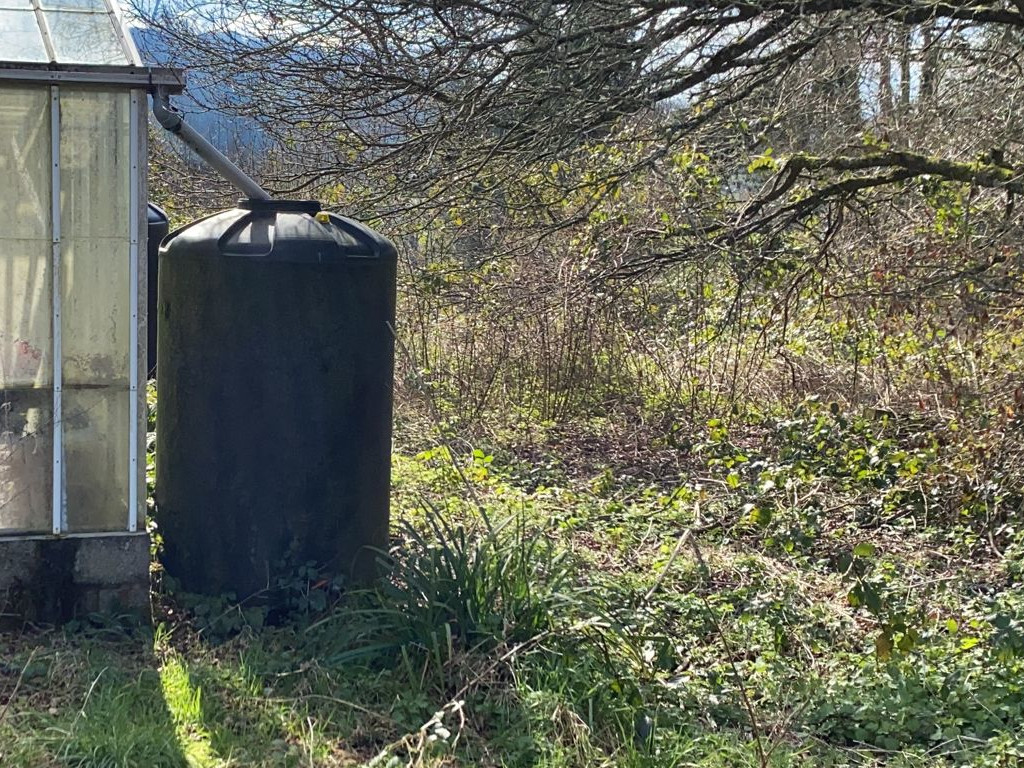Why do Carnivorous Plants prefer rainwater?
Carnivorous plants naturally grow in poor acidic conditions and they are very sensitive to the water they grow in. Hard water, or water containing a large quantity of dissolved salts and minerals such as magnesium and calcium does them no good at all. As they are standing in the water the concentrations can build up and cause root rot and a real decline in health. This can be quite dramatic in Venus Fly Trap but a little slower to take effect in a Trumpet Pitcher. The sort of level we are looking for is less that 100 ppm (parts per million). This is a figure that some people will have as tapwater if they are in a soft water area of the country.
The map is a guide to the water where you live, but to be sure, check with your water authority. This is something you may have to do to check for the salt needed in a dishwasher. For instance, we in East Devon have hard water and have to use salt in our dishwasher.
How to water Carnivorous Plants
Carnivorous plants are found all over the world and in many varied habitats, but the following is a general guide for the majority of those most commonly grown in the UK. On the whole, they are bog plants that like wet compost but there are some exceptions such as Monkey Cups, some Butterworts, Bladderworts and Sundews and for these we recommend you to check the care guides.
A single plant can be stood in its own saucer but larger collections will be happy in trays standing in water. It is easy to water your plants by just adding water to the tray but make sure you choose a tray/saucer that can hold enough water to last at least a few days between watering. Many carnivorous plants can be given a whole weeks worth or more of water in one go, thus making watering easier when on holiday. Remember that a large plant in a small pot will use a lot of water on a hot day.
Water Depth
As a general rule, if you can keep the compost very damp to slightly wet you will be giving your plant the ideal combination of water and oxygen. The depth of the water will depend on the time of year, the type of plant and size of pot. When a plant is in full growth during the spring/summer you can more safely give it a larger depth of water as it will be used rapidly and not stagnate in the pot. As the water level goes down, oxygen will be pulled into the compost. At this time you can bring the water level up to a maximum of halfway up the pot but allow the water to be used before watering again. During the autumn and winter allow your pots to get a little drier between watering – just damp is fine. You can check the water in the pot by feeling the compost and the weight of the pot. Add enough water to be drawn up but don’t leave too much standing water.

